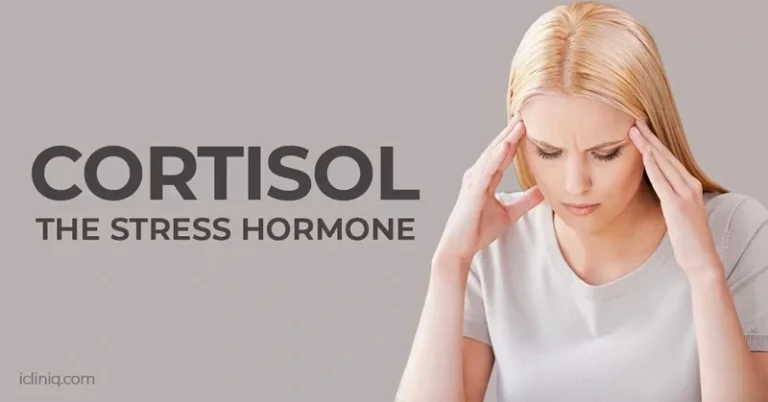Dry Eye Syndrome
Hello! Today, I’d like to explore dry eye syndrome and discuss proper management methods. Dry eye syndrome is a common issue among modern individuals, but with appropriate care, you can maintain comfortable eye health. Shall we learn together? 🌼
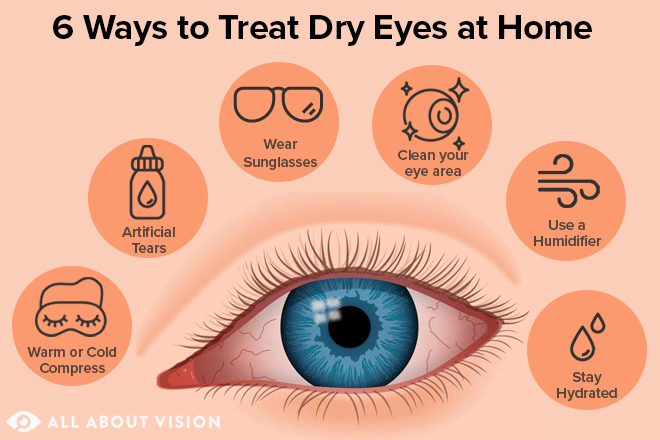
What is Dry Eye Syndrome?
Dry eye syndrome refers to an uncomfortable condition caused by inadequate tear production or excessive tear evaporation. Common symptoms include dry and stinging eyes, blurred vision, and discomfort. If left untreated over the long term, dry eye syndrome can lead to serious complications, so early and appropriate management is essential.
Main Causes of Dry Eye Syndrome
The causes of dry eye syndrome are diverse. One of the most common reasons is issues in the tear production process, which can be triggered by age, hormonal changes, immune system disorders, and medication side effects. Additionally, external factors such as environmental elements (dry air, wind direction), prolonged use of digital devices, and irritants in the air can exacerbate dry eye syndrome.
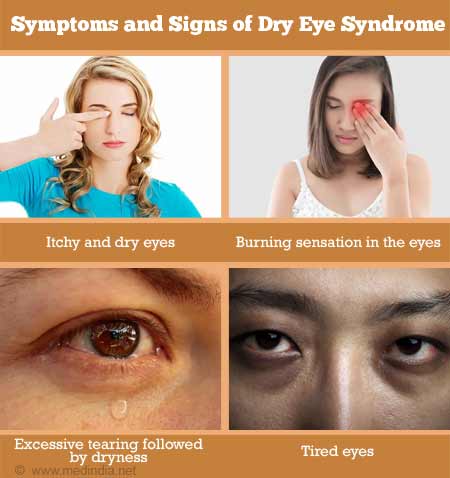
Symptoms and Signals of Dry Eye Syndrome
Dry eye syndrome can manifest various symptoms and signals. Major symptoms include dryness, stinging, itching, and changes in vision (blurriness, vagueness). Other symptoms may include redness of the eyes, eyelid swelling, and itching of the eyelids. If these symptoms persist or worsen, it is important to seek professional help.
Accurate Diagnosis Methods
To accurately diagnose dry eye syndrome, a visit to an ophthalmologist for examination is necessary. Common diagnostic methods include evaluating the condition of the eye surface, measuring the roughness of the eye surface, and testing tear production ability. These tests help identify the severity and causes of dry eye syndrome, allowing for appropriate treatment recommendations.

Tips for Daily Management
To manage dry eye syndrome, there are several precautions to take in daily life.
First, it’s important to get enough sleep and allow your eyes to rest. Second, take regular breaks when using digital devices to reduce eye strain. Third, using a humidifier in dry environments or directing indoor air to more humid areas can be beneficial. Fourth, consuming foods rich in omega-3 fatty acids (such as salmon and almonds) can also help alleviate dry eye syndrome.
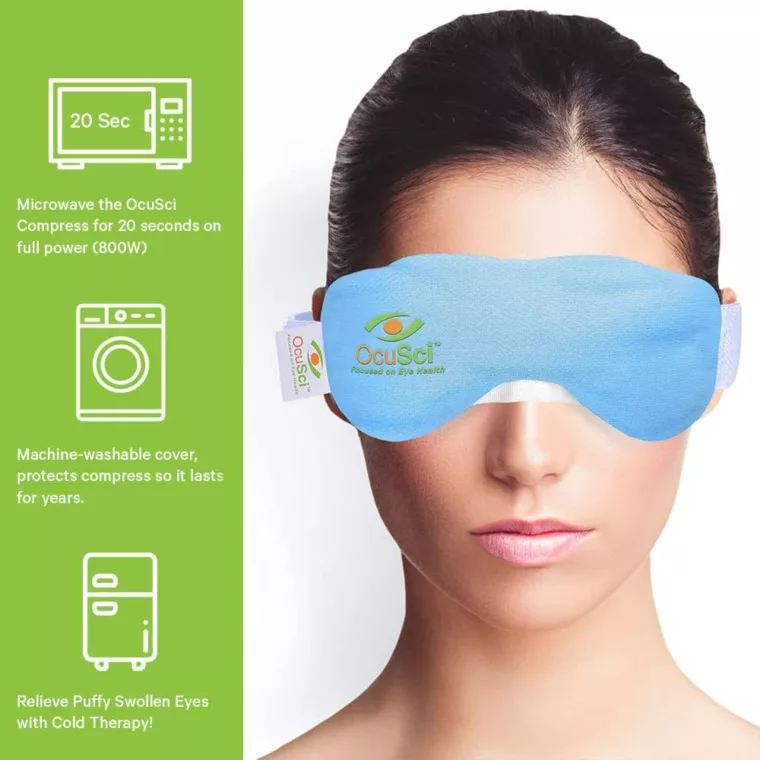
Medical Treatments and Available Medications
In cases of severe dry eye syndrome, medical treatment may be necessary. Medications such as anti-inflammatories or antibiotics may be prescribed by a doctor to alleviate symptoms. Additionally, products such as artificial tears or eye lubricants can provide direct relief for dry eye syndrome. However, medication use should be discussed with a professional, and attention should be paid to potential side effects or allergic reactions.
Lifestyle Adjustments for Prevention
To prevent dry eye syndrome, adjustments in lifestyle are needed.
First, it’s important to take regular breaks and follow the 20-20-20 rule (every 20 minutes, look at something 20 feet away for 20 seconds) when using digital devices. Second, maintaining a comfortable indoor environment and using a humidifier to regulate humidity levels is advisable. Third, improving bad habits related to dry eye syndrome (such as reducing the frequency of blinking or using eye covers) can also help in prevention.

Frequently Asked Questions and Answers
Q: What should I do if dry eye syndrome appears temporarily?
A: For temporary dry eye syndrome, take breaks for your eyes and consider wearing glasses for near vision. You can also use artificial tears to alleviate symptoms. However, if symptoms persist or worsen, it’s best to consult a professional.
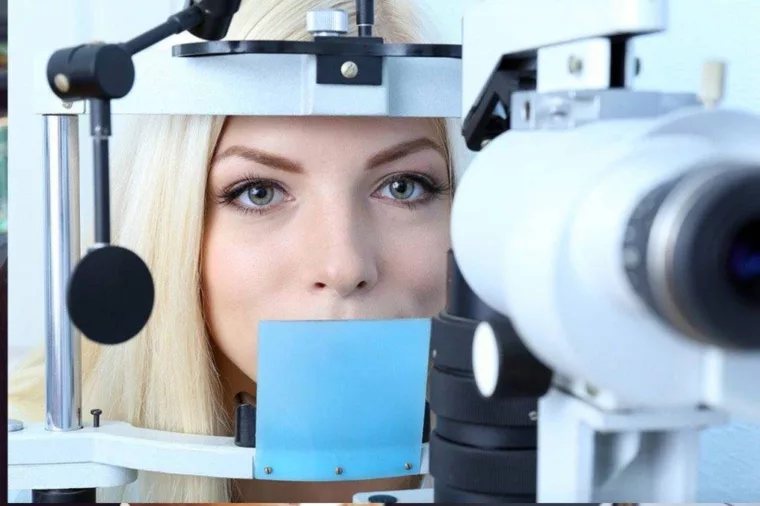
Q: What is the difference between dry eye syndrome and eye fatigue?
A: Dry eye syndrome primarily features symptoms like dryness and stinging, which can persist for a long time. In contrast, eye fatigue is typically caused by prolonged use of digital devices, resulting in symptoms like tired eyes and blurred vision.


